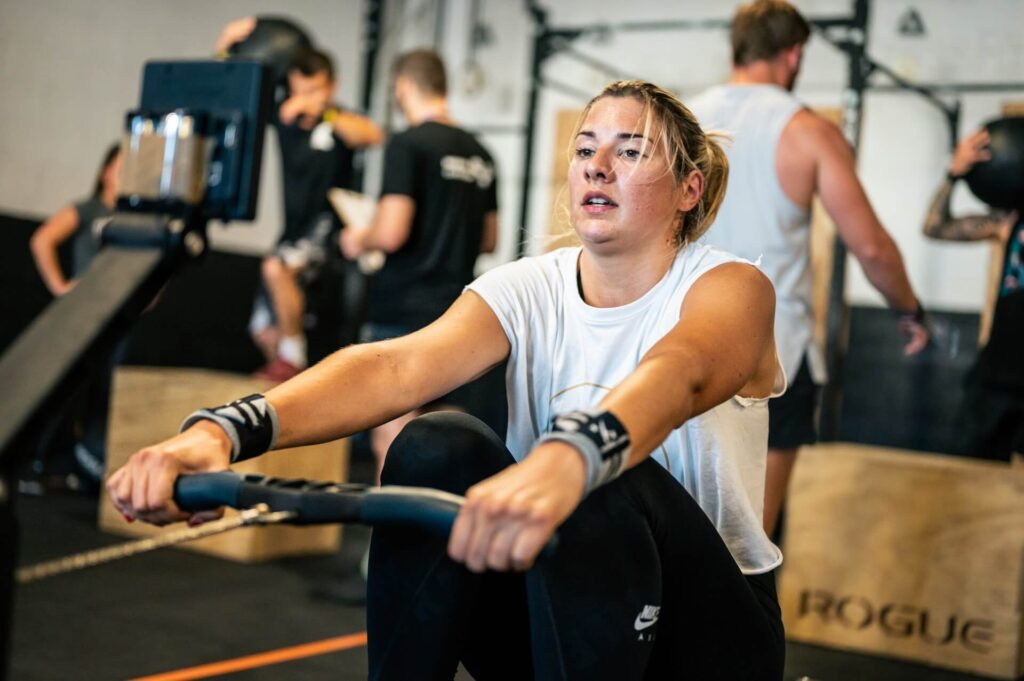When playing a sport, it is always important to stay safe. Sometimes injuries happen since injuries are a natural part of sports. The first thing to do when you get injured is to determine if you need immediate medical attention or not. Here are some tips about what you can do to recover from your injury and play your favorite sport again!
Tips To Manage Sport Injuries
1. Rest
An injury won’t heal properly if you keep using it or putting stress on it. It would be best to rest completely – only use painkillers for necessary things like going to school, work, etc. If you understand that an injury requires resting, of course, you shouldn’t then be pushing yourself too hard at school or work. If something is urgent, you should go ahead and do it, of course. It would be best if you were back on your feet as soon as possible, but resting the injury thoroughly is critical.
2. Ice
Ice is helpful for injuries, whether it’s a strain or something else – ice can help reduce pain, swelling, and inflammation around the area. You can apply it directly to the area with padding between the ice cubes/packets and your skin (e.g., a piece of cloth). Apply on/off for 10-15 minutes each time, 2-3 times per day depending on how bad your injury is – if it’s terrible, then four times maximum. If you don’t have access to basic first aid items like ice packs, then plain old ice cubes in a dishcloth works too.
Advertisement - Story continues below
Request advertising info. View All.
3. Compress
This means putting pressure on the injury site. This could be bandages (tensor), compression garments, or just pressing down on the injury site to remove blood flow and cause hemostasis. In the case of a strain, this can be very helpful to relieve pain and heal quickly. However, please only use these if a professional has told you to use them. Make sure you know how to apply kt tape to shoulder by yourself.
4. Elevation
This is helpful for swelling, like ice. You can do this with anything high up (e.g., the top of a bunk bed, edge of your sofa, windowsill) – even your knee/thigh, etc., is fine. If you compress too much blood out of the area, some may build up and cause swelling, which will be very painful and take a long time to heal. It would be best to elevate an injury after compression/applying pressure because there’s no more blood flow, and it won’t hurt as much. Just make sure it’s not too high up, so you damage any tendons or muscles around there.
5. Heat
Heat does the opposite of ice because heat increases blood flow to an area. You can use a hot water bottle or heat pad, but if you’re using one, don’t apply it directly to your skin since that could burn you.
6. Massage
Massaging around an injury may help to increase blood flow, warm the area, and help it heal faster. However, if you overdo it and massage it too hard, it may do more harm than good, so please be careful and don’t push yourself too far.
7. Rehabilitation
If an injury is getting better but still not 100%, you can start rehabilitation at home, e.g., core muscle strengthening or working on flexibility (e.g., working hip flexors). If the therapist gave you a program for this, then stick to that very strictly.
8. Wear appropriate clothing
It’s essential to wear clothing that doesn’t pressure any injured areas (i.e., tight waistbands, belts, etc.). You should also make sure your shoes fit correctly and aren’t too loose/tight anywhere.
9. Nutrition
It is essential to eat healthily and drink lots of water when injured. Try to avoid junk/processed foods and get your body in the best possible condition to speed up recovery.
10. Don’t try to return too soon
It’s human nature – we all want to get back on our feet asap after an injury. However, doing so can mean that you come back with recurring or another new injury – even worse than the original one which took you out in the first place. So please bear this in mind, rest properly when injured, and before returning to play sports, make sure that you are 100% fit.
Bonus Tip: Return slowly
When returning after any time off, don’t try to get back into it all in one day. Gradually build up your intensity and playtime over a few sessions before getting back to full strength/intensity.
There you have it!
If you have any concerns or need specific advice (e.g., regarding pain, swelling, biomechanics, etc.), please see a professional like a physiotherapist. They can also give you helpful information about when you might be able to return to playing sports again!
Photo by Bastien Plu
